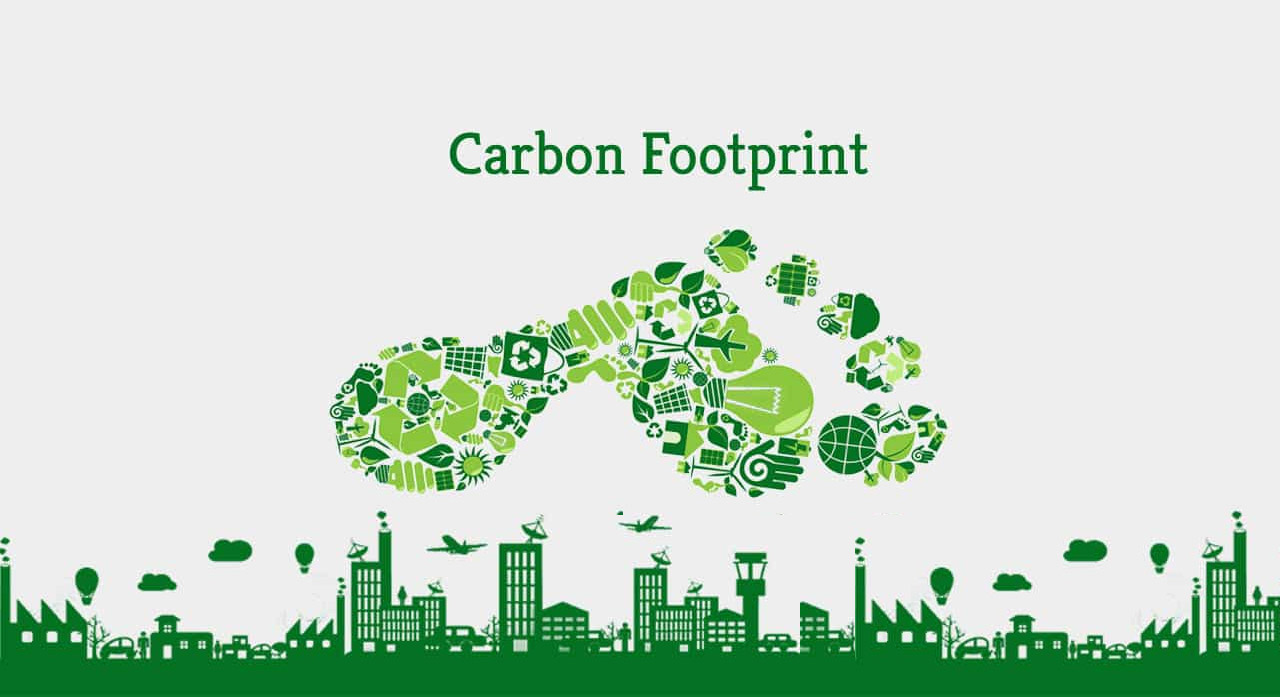India’s growing power demand is expected to increase by 9-12% in the first half of 2023 alone, which has already put the power grid under significant strain1. Adding electric vehicles (EVs) to the grid can exacerbate this situation, potentially leading to more frequent power cuts, especially in rural areas1.

The electrification of mobility across the country is happening rapidly, and experts project that the domestic market will expand significantly over the next 1-2 years. As a result, the demand for electricity to power EVs is estimated to increase to almost 640 TWh by 2030 to meet the EV30@30 goal2. However, this surge in demand poses challenges for the existing power infrastructure.
Here are some key points related to EV charging infrastructure and its impact on power supply:
Inadequate Power Grid:
India’s power grid is already strained due to rising demand. Integrating EVs into the grid can exacerbate this strain, leading to potential power shortages and disruptions1.
Impact on Electricity Demand:
In a more realistic scenario where EVs account for 33% of overall sales, electricity demand would increase by 37 TWh. By 2030, India’s electricity production is projected to grow to 2,074 TWh in a modest scenario and 2,785 TWh in an ambitious scenario.
Effective EV-Grid Integration
To address these challenges, efforts are being made to improve the utilization of the electricity grid and integrate EV charging into grid planning. This involves optimizing grid capacity, managing peak loads, and ensuring reliable power supply for both EVs and other consumers.
In summary, while the adoption of EVs is crucial for sustainable transportation, it requires careful planning and investment in power infrastructure to ensure a smooth transition without compromising overall power supply.